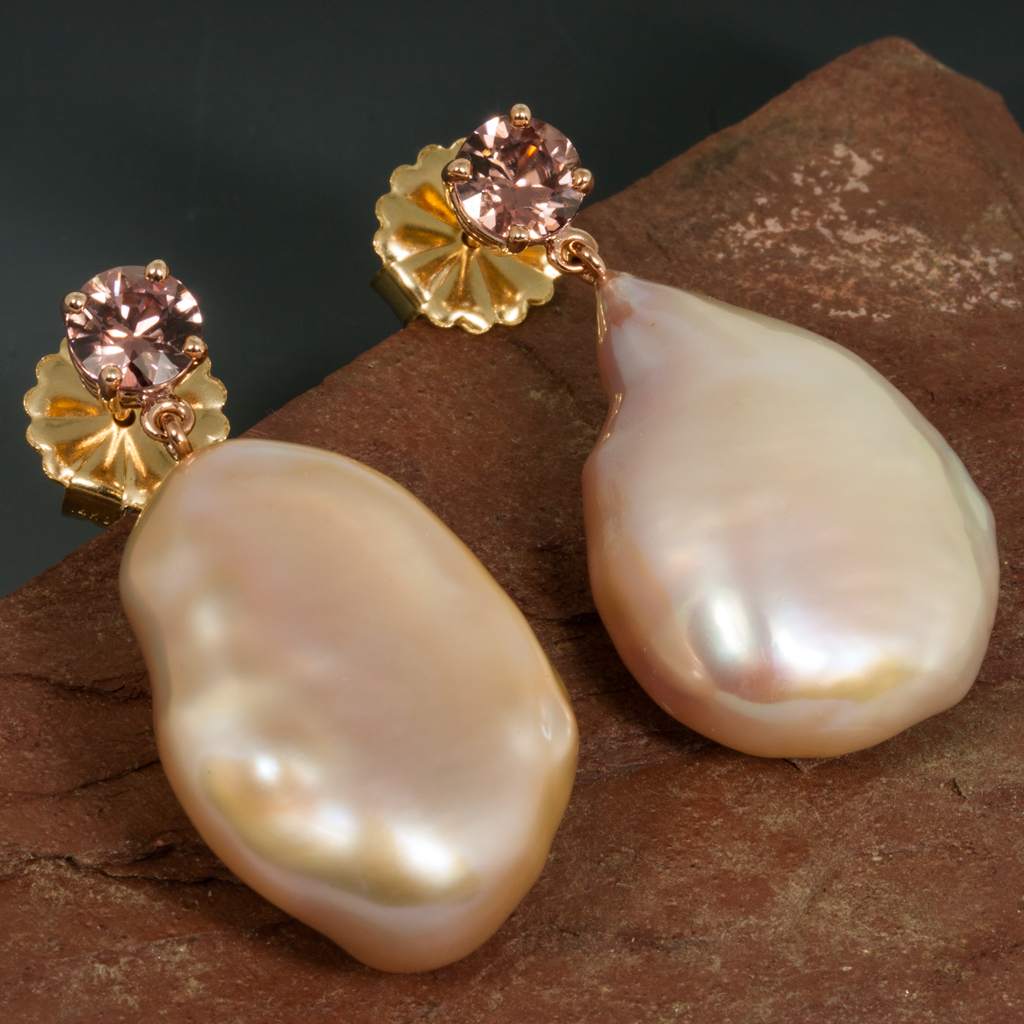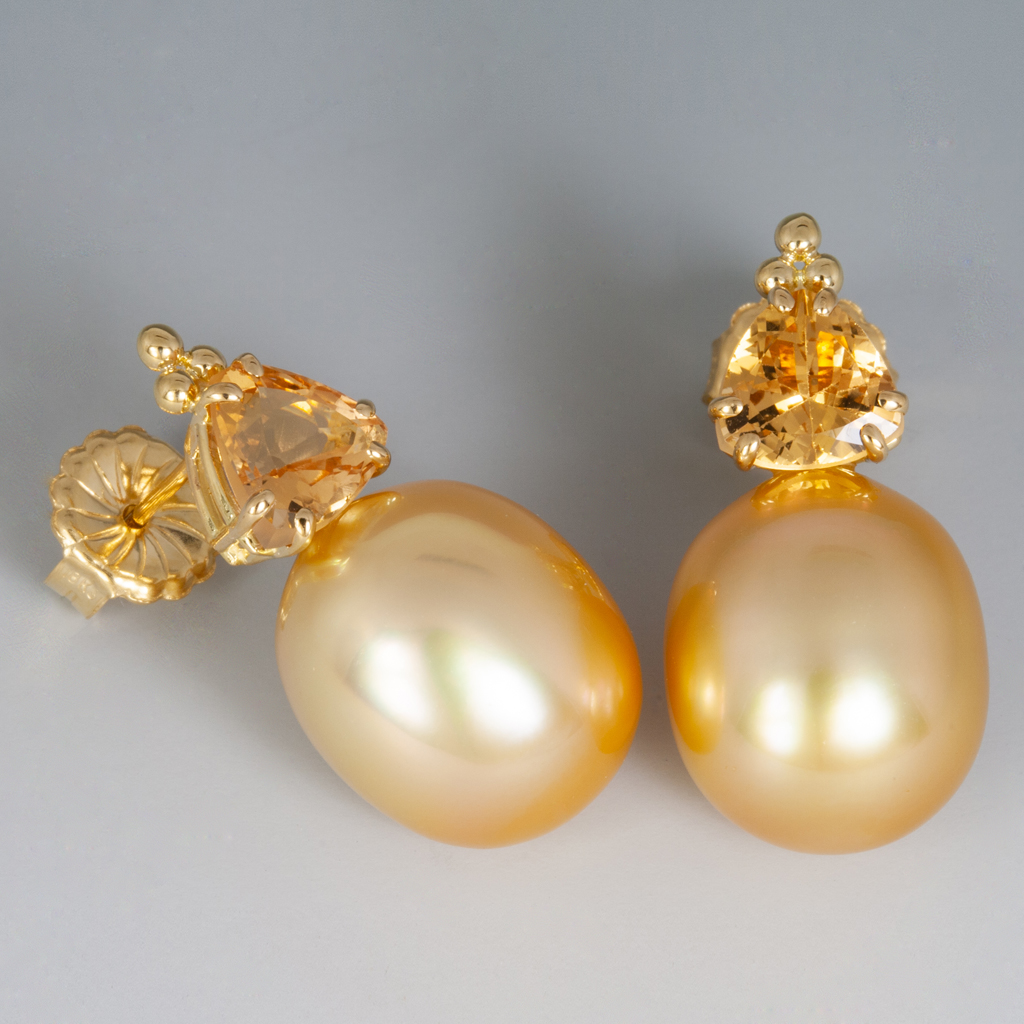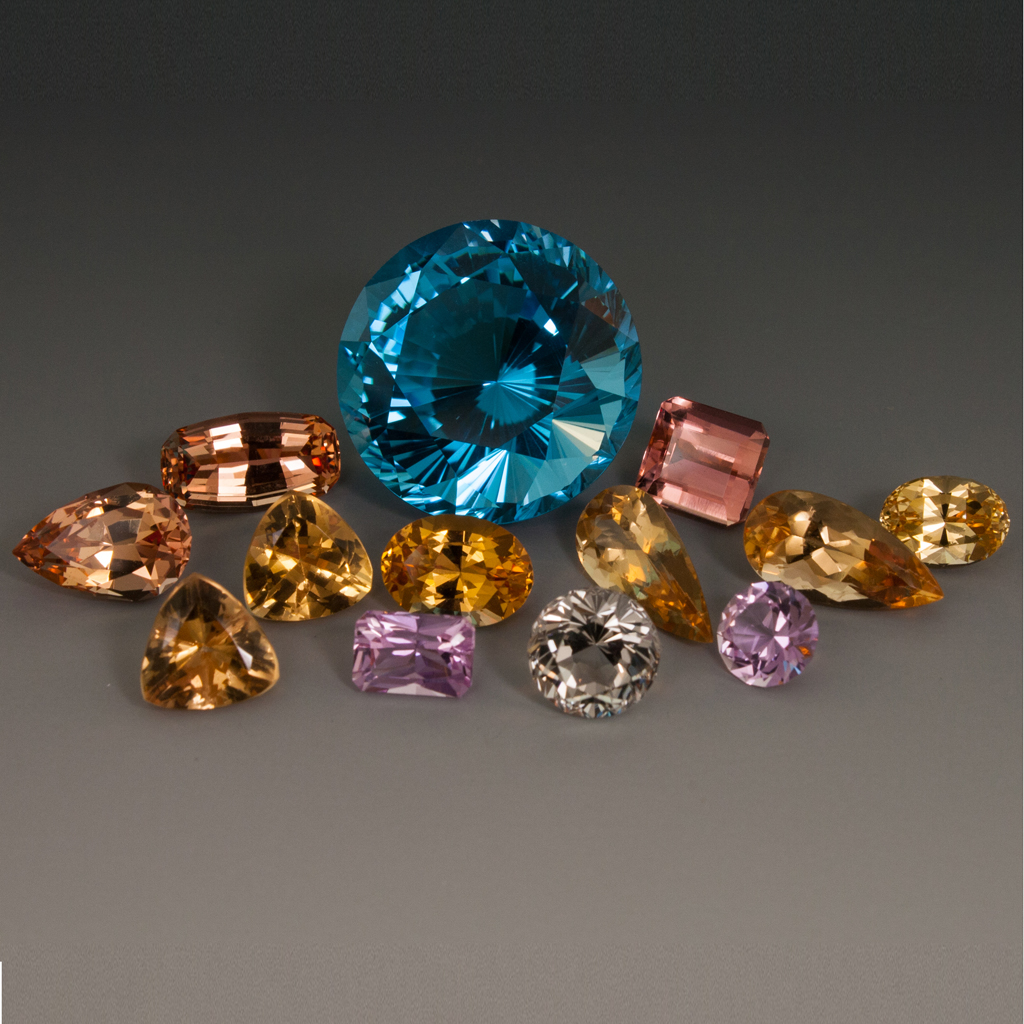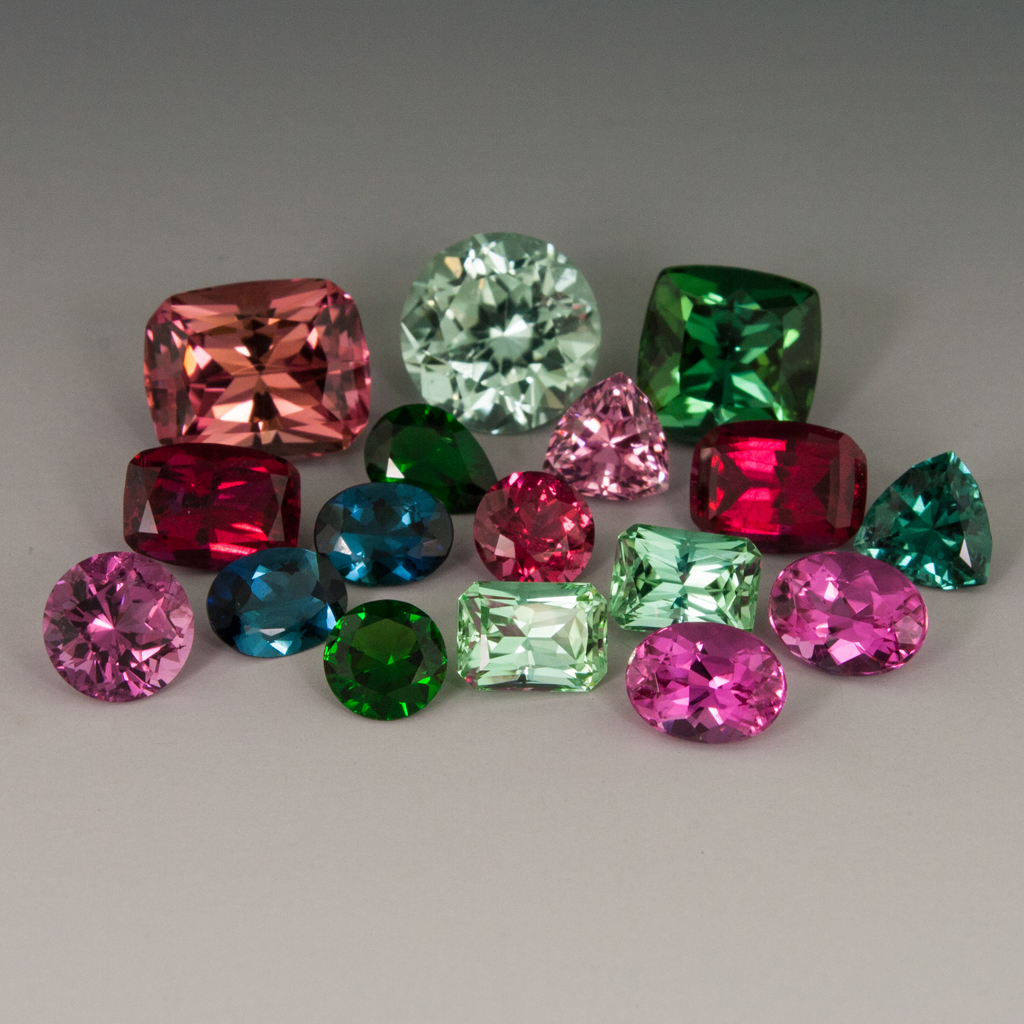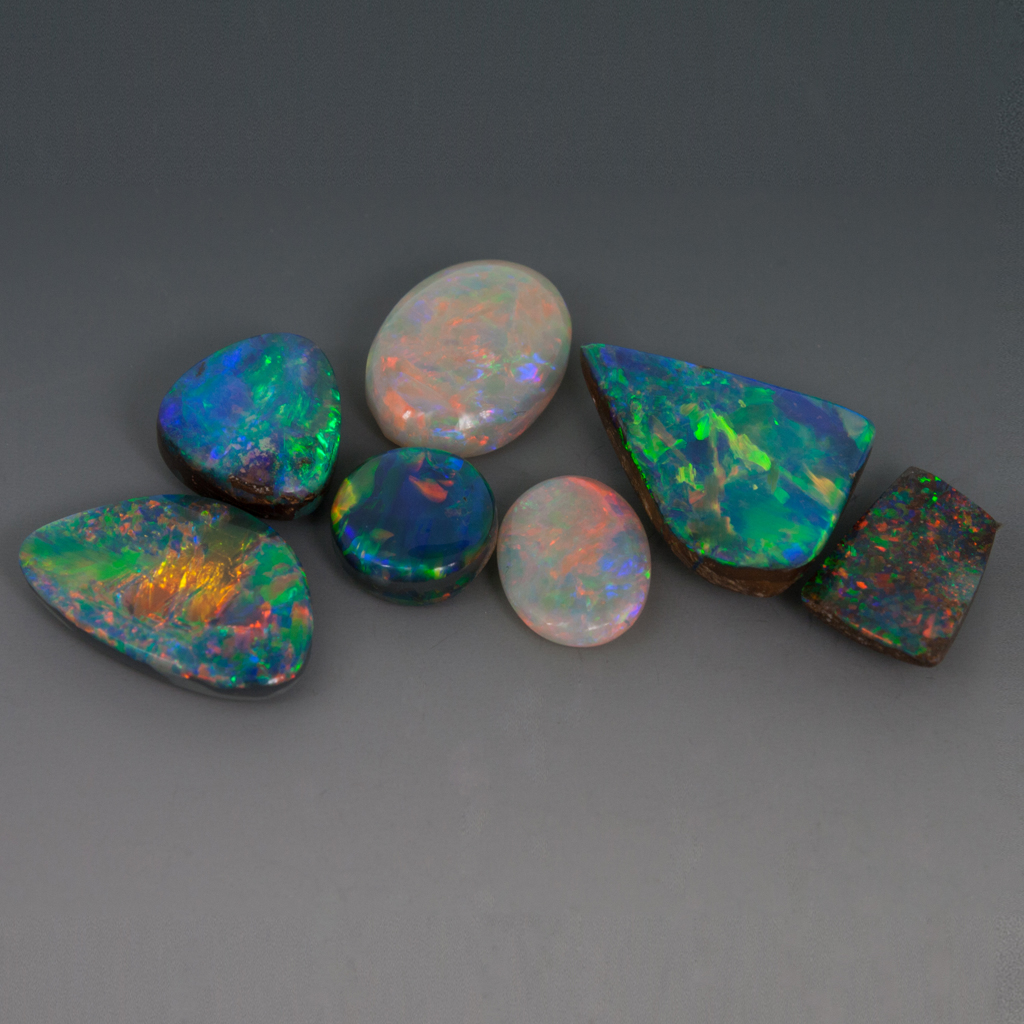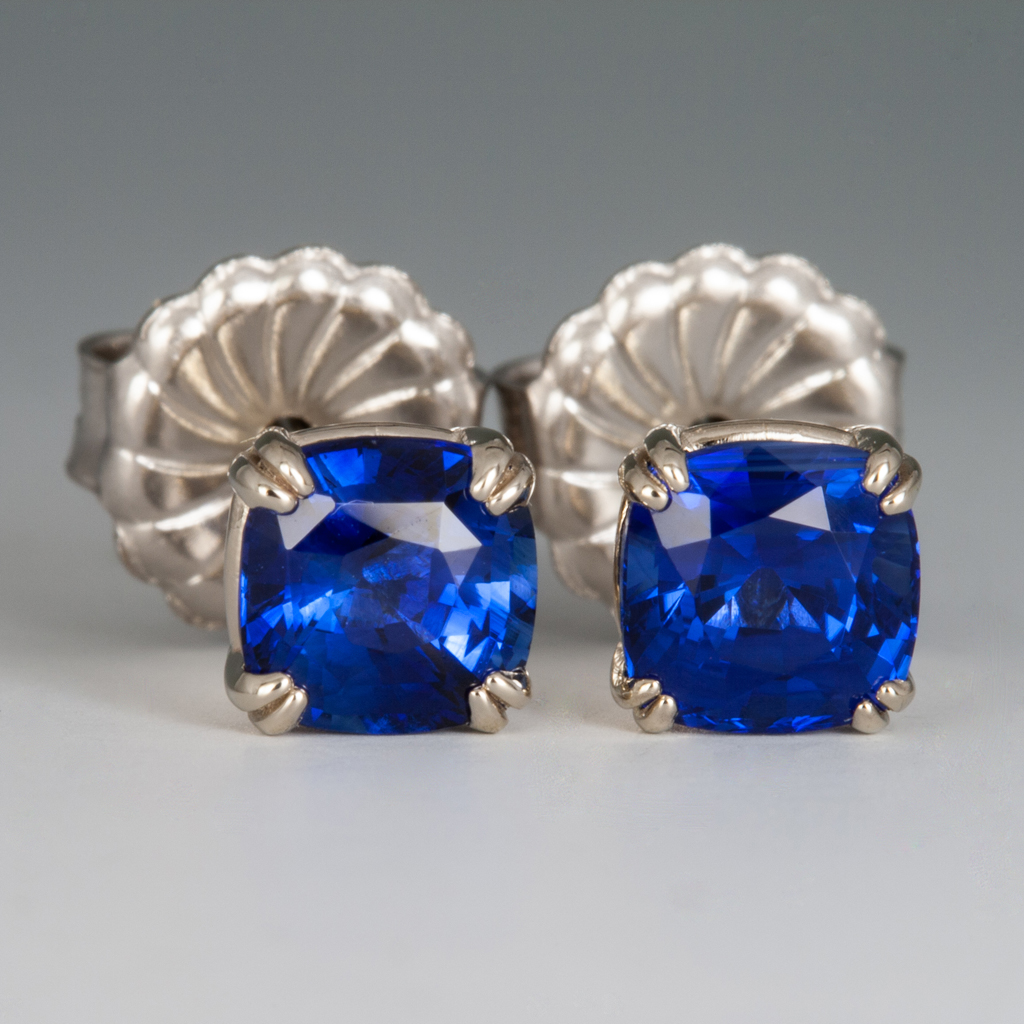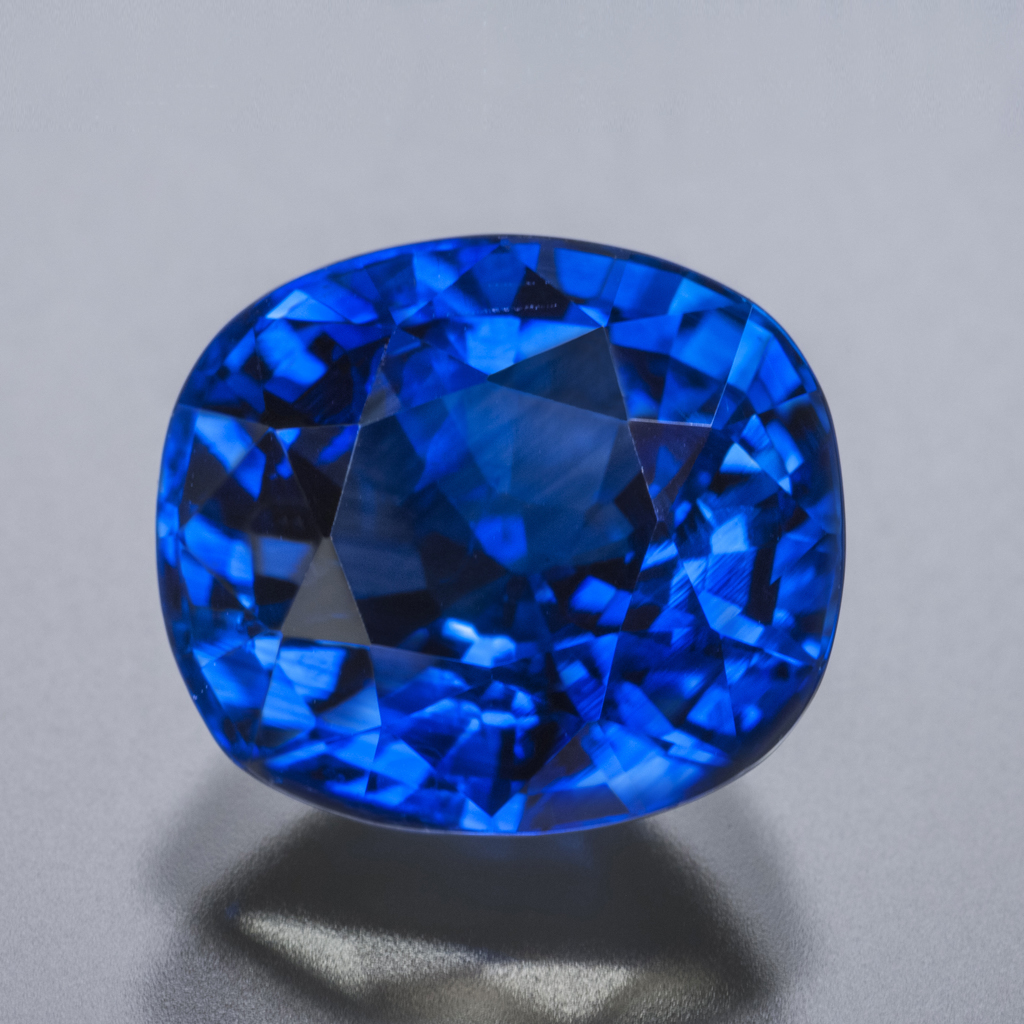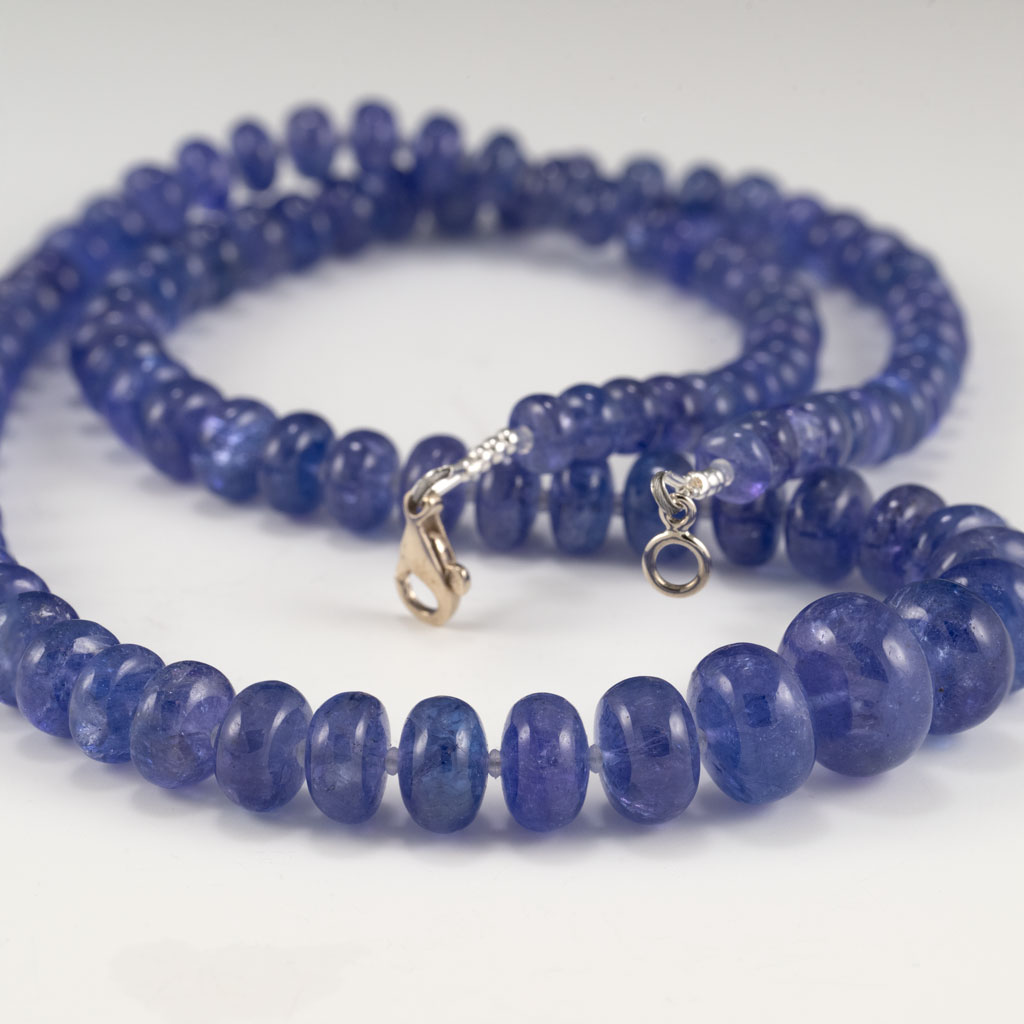
Tanzanite, another December Birthstone is the blue and violet variety of the mineral zoisite, from Tanzania. It has a hardness of 6.5 on the Mohs scale. Tanzanite is noted for its trichroism, appearing alternately blue, violet and burgundy depending on crystal orientation. Blues appear more evident in fluorescent light and violet hues can be seen under incandescent light. In its rough state tanzanite is colored a reddish-brown to clear, and it requires heat treatment to remove the brownish veil and bring out the blue-violet of the stone.
The gemstone was given the name “tanzanite” by Tiffany & Co. after Tanzanite, the country in which it was discovered. In 2002, the American Gem Trade Association chose tanzanite as a December birthstone.
